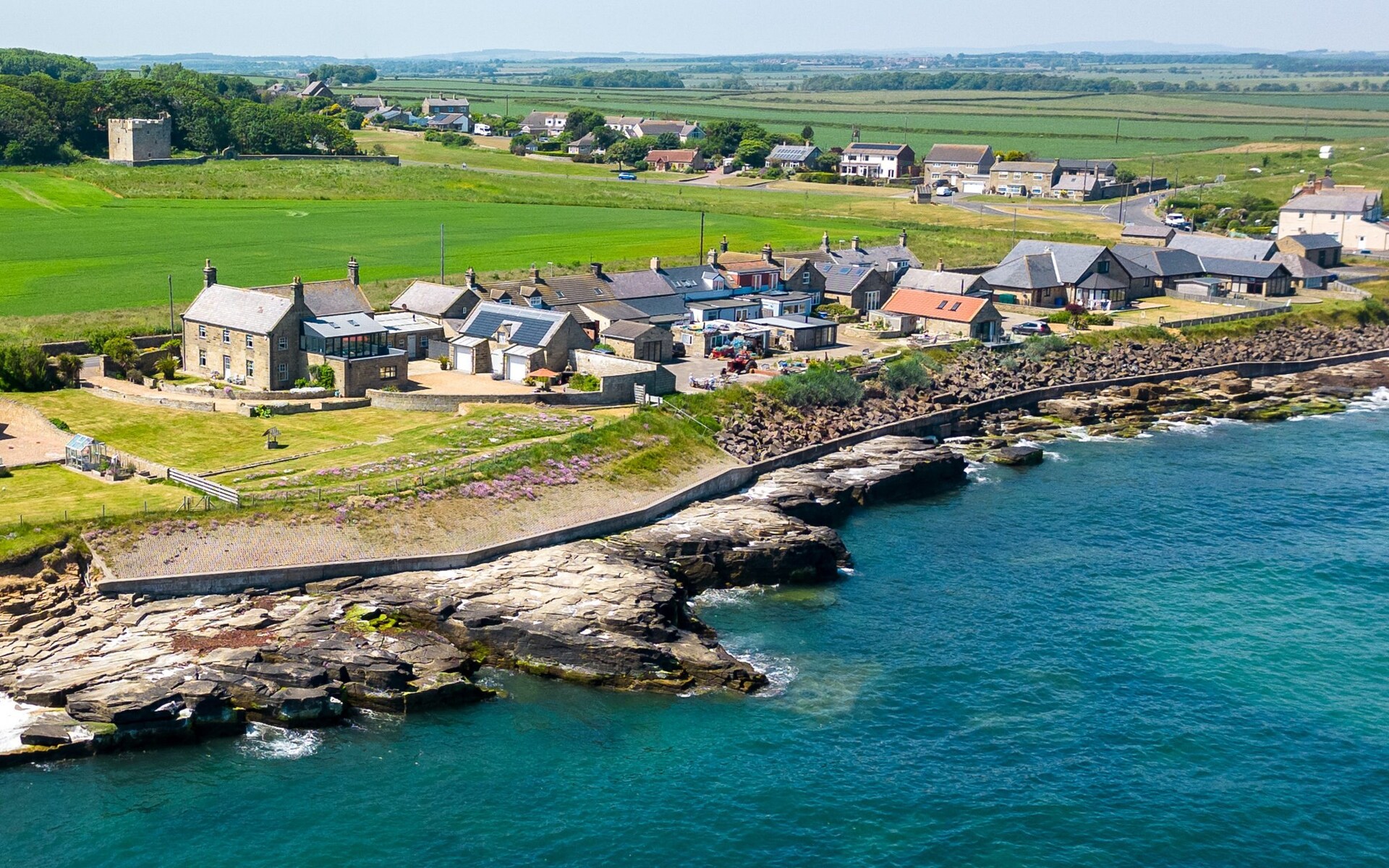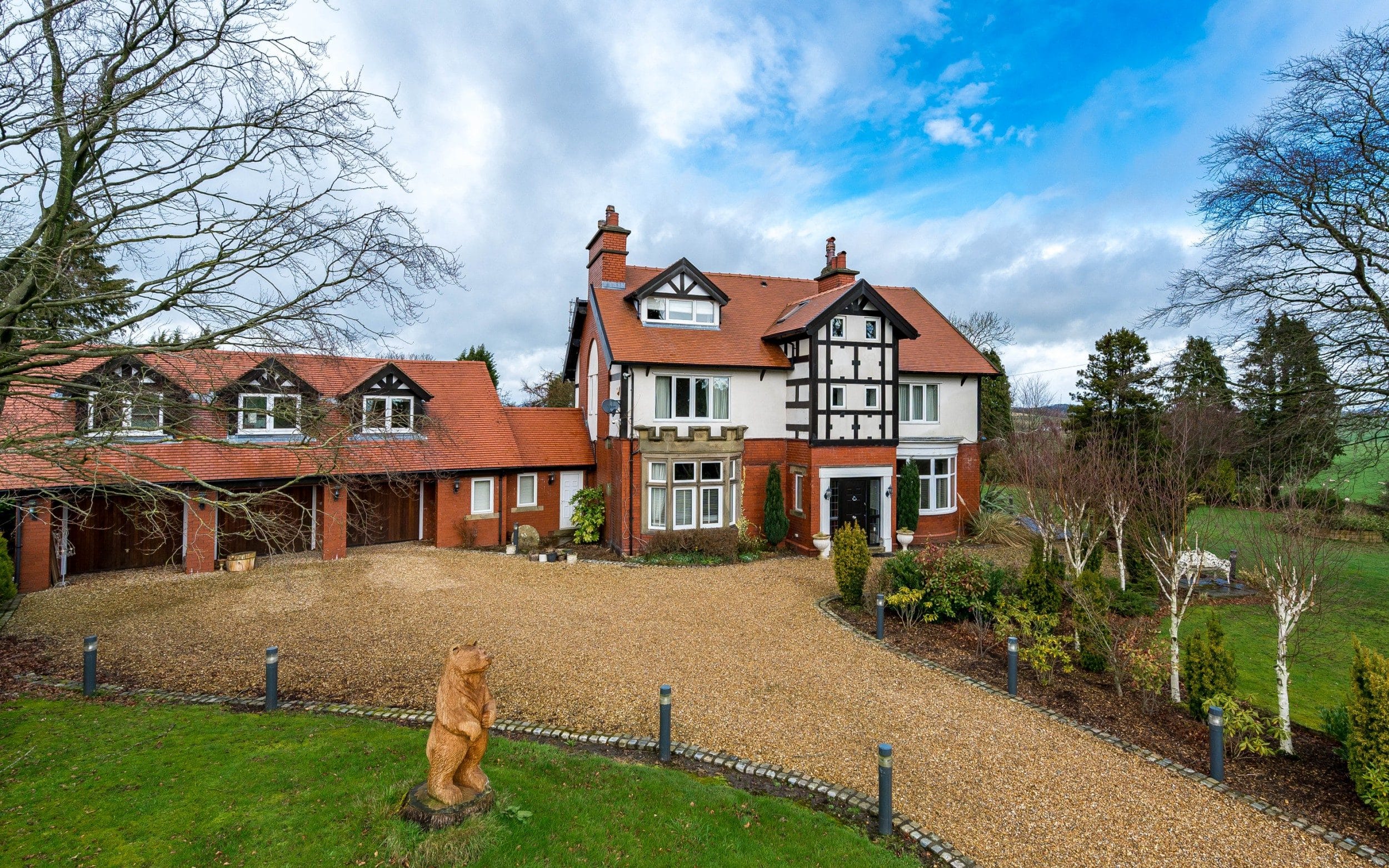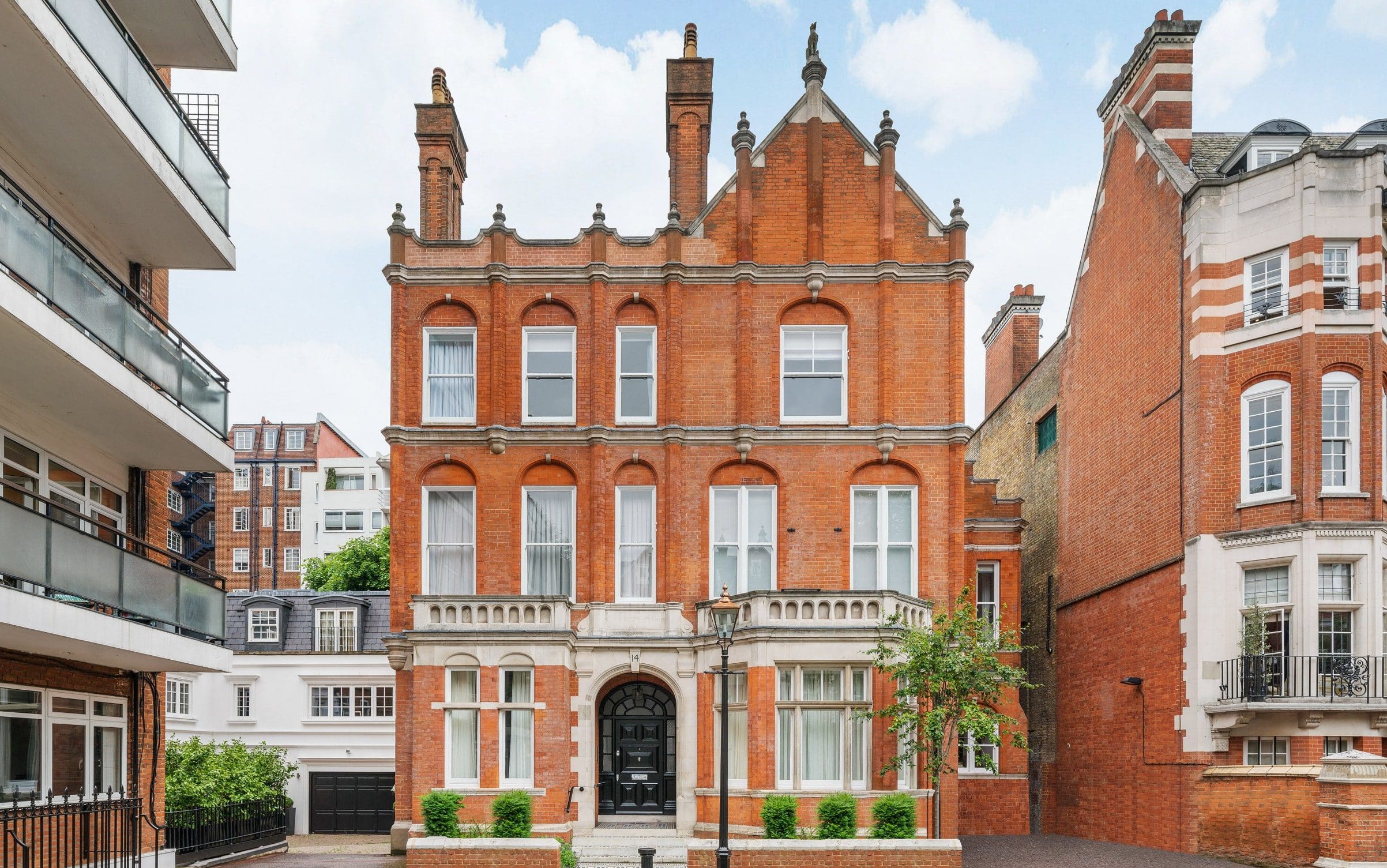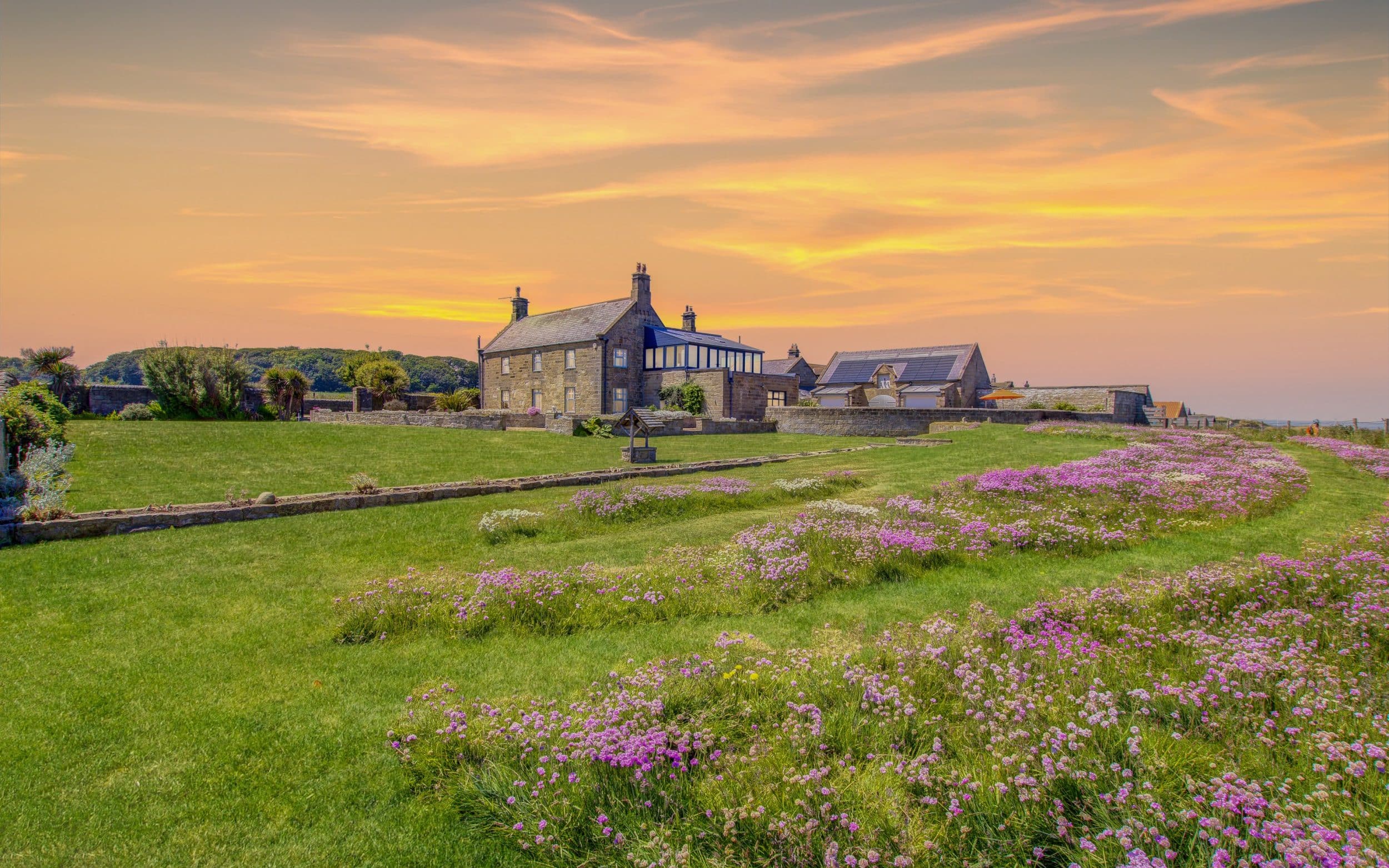Select locations across Britain are seeing pre-pandemic transaction levels
By Ruth Bloomfield
On the face of it, the Royal Borough of Kensington and Chelsea, with its palace, its Michelin star restaurants, and its fabulously expensive real estate, has little in common with the down-to-earth Lancashire town of Clitheroe, where the main attractions include a tiny Norman castle and some outstanding traditional pubs.
But these two locations, just over 200 miles apart, share a key property parallel. They top a new league table of the locations across England and Wales where the number of homes being bought and sold exceeds pre-pandemic levels.
In Kensington & Chelsea transaction levels today are 40pc over 2019 rates, while in Clitheroe, and the wider Ribble Valley, they are up 17pc.
This is important because transaction levels are a key indicator of the health of a housing market, showing where buyer confidence is strong enough (and their pockets deep enough) to commit to sales despite rising interest rates, the cost of living crisis, and fears of future property price drops.
And, the thesis goes, if buyers are active and business is brisk, price rises should follow. Research by Savills highlights the performance of a dozen different locations which are defying a gloomy national picture of price falls and subdued trading.
According to the latest data from the HM Revenue and Customs the number of transactions in the year to March 2023 were down almost 19pc on the previous year.
And the Bank of England reports that the number of mortgage approvals is down 25.5pc in the same period.
The dozen locations include a quartet of affluent, expensive London neighbourhoods beloved of young City workers, aspirational families, and overseas buyers.
Alongside Kensington & Chelsea, London’s top performers are Westminster, Hackney, and Islington. Affluent commuter neighbourhoods – Epsom and Ewell, in Surrey, Chichester, West Sussex, and Windsor and Maidenhead, Berkshire – also rank highly.
But the south east does not have things all its own way. Alongside the Ribble Valley and neighbouring Burnley, there has been strong transaction growth in West Lancashire, with its good-looking villages and appeal to commuters from Liverpool and Manchester, and Salford, Greater Manchester.
But of the UK’s coastal locations, which saw phenomenal demand and price growth during the height of the pandemic, only Northumberland has managed to sustain transaction levels to a level exceeding 2019.
Last spring Guy and Harry Dixon-Smith moved into their first home, a three-bedroom flat in Hackney Wick. The brothers were given a leg up onto the property ladder by their sympathetic parents, who understood that high (and rising) rents in the capital meant it was impossible for the pair to save for a deposit.
Their apartment cost £600,000, and mortgage repayments come in at £1,200pcm. But even when service charge is added Guy, 28, an estate agent who works in Savills’ Hackney Wick office, and Harry, 27, who works for a start-up, are still laying out less on accommodation than the £800pcm each were paying to rent rooms in shared flats.
Guy suspects that the reason Hackney – and neighbouring Islington – are trading so well is partly because they have become vibrant, hip destinations that appeal to buyers just like him. “They have got amazing restaurants, music and culture, and that is a draw to people,” he says.
And their relatively high buying costs – the average Hackney home costs £630,000 according to the latest UK House Price Index while Islington’s average price is £689,000 – are not a deterrent to the kind of buyer Guy currently deals with most frequently.
“Against the headwinds that we are seeing, the most prominent buyer is the cash buyer, and buyers less reliant on debt,” he says.
“There is a lot of bank of mum and dad going on. They see that they can bypass mortgage price hikes, and with rents getting higher and higher they are being pushed towards buying.
“It is definitely not the mass market which is buying at the moment.”
In prime central London, Caspar Harvard-Walls, a partner at Black Brick, is not jubilant about the strong performance of Kensington and Chelsea and Westminster, pointing out it must be put into context.
“In early 2019 we had Theresa May as prime minister, we were going through the agony of Brexit, and there was the worry of Jeremy Corbyn becoming prime minister,” he says.
“Confidence was very, very low, and transactions were low. Comparing now to then is a comparison to a real low point.”
This does not mean there are no reasons to be cheerful about the current scenario in prime central London.
“Overseas buyers have certainly been returning to London,” says Harvard-Walls.
“They are not worried about interest rates, it is all about confidence, and they are also benefiting from the weak pound. A lot of domestic buyers in these areas work in the financial markets and have done really well in the last couple of years so they also have money to spend.”
Add to this a renewed interest in buying flats, which were out of favour during the pandemic, and Harvard-Walls feels that prime central London is now “back to normal” after a difficult four years.
Few overseas buyers and high rolling City workers venture as far north as Northumberland.
Its strong showing is based more on British lifestyle movers attracted by the glorious scenery of its national park, its ruggedly beautiful countryside, and a strong sense of nostalgia.
Because Jason Roberts, a senior associate director of Strutt & Parker in Morpeth, believes the strong transaction figures are being generated by a mix of regular local movers augmented by buyers now working from home going back to their roots.
“A lot of our buyers are returning to Northumberland, where they were brought up or went to university, now that they don’t have to go into the office so much,” he says.
Buyers coming from the south can certainly get more bang for their buck in Northumberland, although it is worth pointing out that prices in its prime spots are not bargain basement.
You could pick up a three bedroom terrace in Alnwick or Morpeth for around £475,000 to £500,000, says Roberts, or a three bedroom seaside cottage in a sought after village like Bamburgh for around £600,000.
“But if you throw a sea or castle view into the mix then the price ramps up,” says Roberts. “We have sold a few recently for £1m-plus.”
Downsizers are another powerful force in the current market; with equity saved up in their family homes they are another sector of the market not desperately worried by interest rates.
Pauline Whittle falls into this category. Last summer, after more than half a century living in Rochdale, the 72-year-old upped sticks and moved some 25 miles north to a village on the outskirts of Clitheroe.
Pauline, a retired magistrates’ court secretary, made the move primarily to be closer to one of her three daughters, and she opted for a new home at the Oak Leigh Gardens development by house builder Redrow in the village of Barrow.
She exchanged a four-bedroom detached house for a modern three-bedroom semi, and moved in last summer.
Clitheroe and its surrounds are more expensive than Rochdale, but by downsizing Pauline was able to release some equity, selling her family home for £320,000, and buying her new property for around £270,000.
Although her move was driven by her desire to spend more time with her grandsons Pauline is not surprised that homes in the town and its surrounds are continuing to sell strongly.
Clitheroe is an aspirational address for commuters from cities like Leeds and Manchester, and families who rate it for good schools and open space.
“I have always loved the Ribble Valley,” she says. “I used to come for runs out with my girls when they were smaller.
“What people like about it is that it is a pretty sort of area with lovely walks, and not industrial at all. The people are friendly, there is a lot going on, there are good shops in Clitheroe, and lots of lovely pubs and places to get a bit of lunch in all the villages around it.”


















